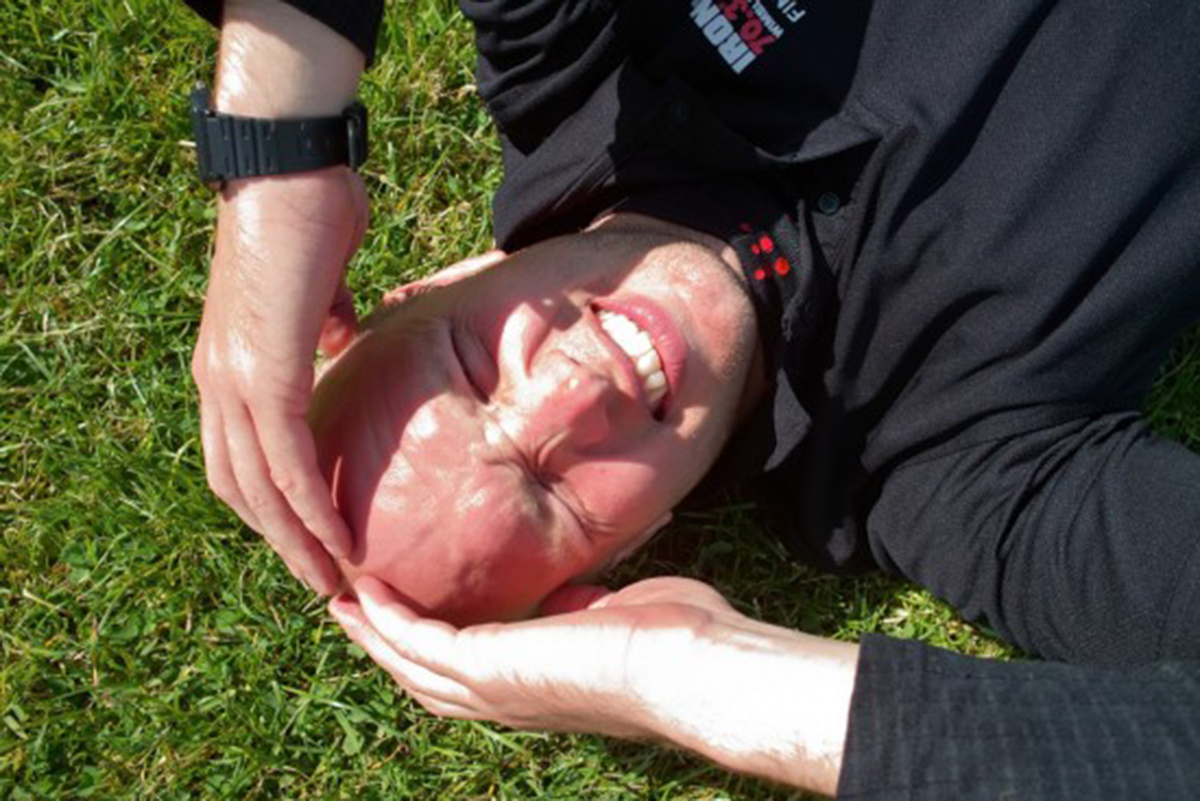Table of Contents
There are some typical places where the male pattern baldness occurs for the first time and the most common is hairline. The hairline gradually recedes to form a shape of a letter M. The area of baldness is spreading and eventually the top of the hairline meets the thinned crown, leaving a horseshoe pattern of hair around the sides of the head.

Other possible symptoms are:
- hair loss in patches,
- diffuse shedding of hair,
- breaking of hair shafts,
- hair loss associated with redness,
- scaling,
- pain,
- rapid progression
Causes of male pattern baldness
Baldness in men occurs when the follicle shrinks over time, resulting in shorter and finer hair. The end result is a very small follicle with no hair inside. Ordinarily, the hair should grow back. However, in men who are balding, the follicle fails to grow a new hair. There is still no real explanation why this is happening. The most common theory is that it could be related to male sex hormones, especially dehydroepiandrosterone, the active form of testosterone.
Other possible causes are:
- Disease
It is proven that certain conditions such as diabetes, lupus and thyroid disorders can cause hair loss and treating these conditions will often lead to hair regrowth.
- Poor nutrition
Not many people know that if someone has an inadequate intake of protein or iron in their diet, it can cause hair loss.
- Medications
There are certain drugs which are normally used to treat gout, arthritis, depression, heart problems and high blood pressure, but also may cause hair loss in some people.
- Medical treatments
Undergoing chemotherapy or radiation therapy may cause alopecia.
- Other conditions
Three to four months after the events such as an illness or surgery, alopecia can easily occur.
- Infancy
The newborns often lose hair during the first several months of life. Most mothers are not aware that this baby hair is not real hair and that it will be replaced by more permanent hair.
Female pattern baldness
Symptoms of female baldness are a bit different then that of the male baldness and they usually include thinning of the hair over the entire head and hair loss at the crown or hairline. The truth is that the exact cause of the failure to grow new hair in female pattern baldness is not well understood. Most experts believe that it could be due to:
- genetic predisposition,
- aging,
- levels of endocrine hormones, especially androgens - the male sex hormones
It is proven that frequent changes in the levels of androgens can affect hair production, especially after the hormonal changes in menopause.
- www.healthsystem.virginia.edu
- www.mayoclinic.com
- www.healthscout.com
- www.mayoclinic.com/health/hair-loss/DS00278
- Photo courtesy of Peter Lloyd by Flickr : www.flickr.com/photos/19643697@N00/5964516237/

